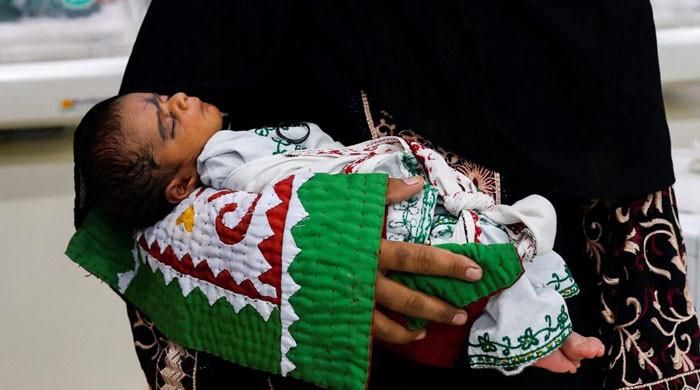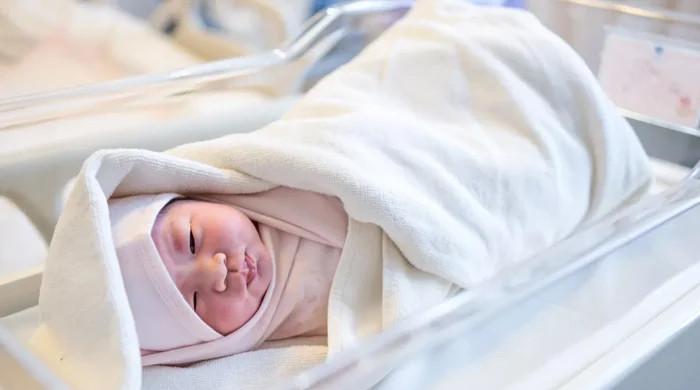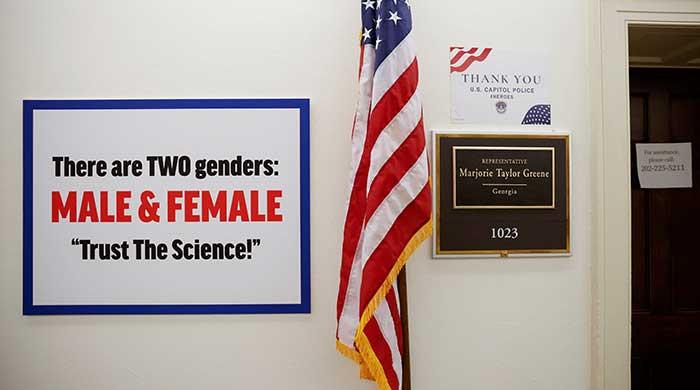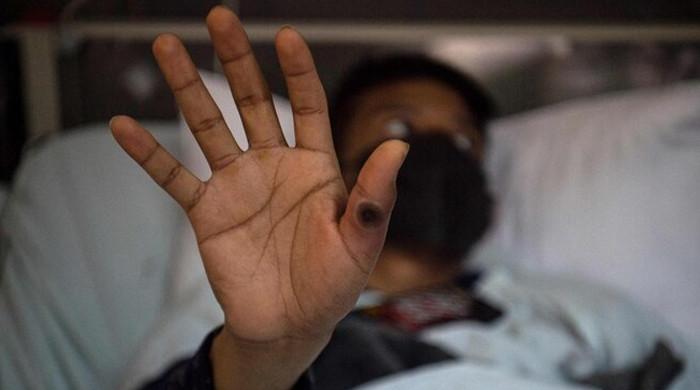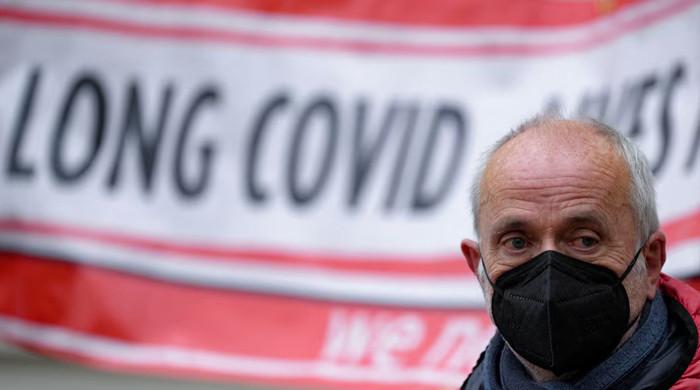Crib ads often show babies in unsafe sleep settings
For the current study, researchers analysed 1,758 magazine ads from 1992, 2010 and 2015
December 20, 2016
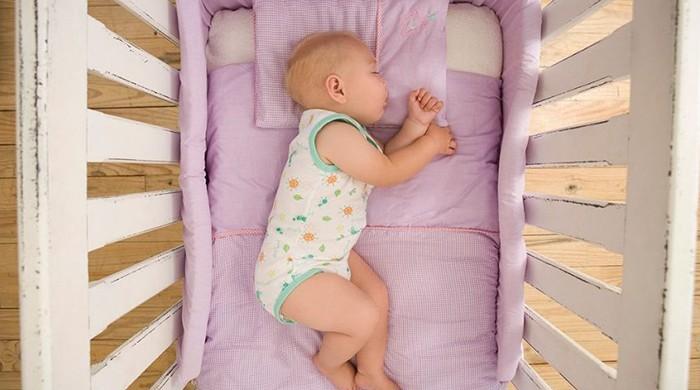
Ads for cribs often show infants asleep on their stomachs or surrounded by suffocation hazards like soft toys and blankets – all of which can increase babies’ risk of sleep-related deaths – a US study suggests.
“The impact of these advertisements is one factor that continues to result in the use of bumper pads and stuffed animals in children’s cribs,” said senior study author Dr. Bradley Troxler of the University of Alabama at Birmingham.
“Parents are exposed to exponentially more advertisements about baby gear, furniture, and cribs when compared to the amount of time spent face to face with their child’s physician,” Troxler said in an email.
Sudden infant death syndrome (SIDS) has become much less common in recent decades as doctors have urged parents to put infants to sleep on their backs without pillows or other soft bedding and toys that could pose a suffocation risk. But it still remains a leading cause of infant mortality.
In the US alone, SIDS kills about four babies out of every 10,000 live births, down from about 130 in 10,000 in 1990, according to the Centers for Disease Control and Prevention.
Despite the dramatic decline in death from SIDS since 1992, when the American Academy of Pediatrics (AAP) announced that babies should be placed on their backs to sleep, many parents still fail to consistently follow safe sleep practices.
To prevent SIDS and other sleep-related deaths, the AAP encourages breastfeeding, pacifier use and firm crib mattresses and cautions against blankets, pillows, crib bumpers, soft toys and bed-sharing.
For the current study, researchers analysed 1,758 magazine ads from 1992, 2010 and 2015.
They found 35 percent of current advertisements for babies failed to follow safe sleep recommendations.
There have been some improvements.
For example, 57 percent of babies were shown sleeping on their stomachs in ads from the early 1990s – a position that increases the risk of SIDS – but by 2016 just 40 percent of ads still showed babies sleeping this way.
But the study also found some troubling differences in how cribs were marketed to low-income families and people of color.
While white children were featured in most of the advertisements, none of the ads that featured non-white children adhered to safe sleep guidelines, the study found.
Ads for the least expensive cribs were also the least likely to follow safe sleep guidelines.
The most common safety problem in the ads was showing crib bumpers, which appeared in 70 percent of unsafe sleep environments depicted, according to the December 19 Pediatrics online report.
Loose bedding was another common issue, shown in 56 percent of the unsafe crib images.
Soft objects like stuffed animals were found in 13 percent of the unsafe sleep environments.The researchers acknowledge that retailers who place the ads may be using stock images provided by the manufacturers, which might not represent the sleeping environments the stores want to promote.
Still, the findings suggest that either child safety advocates are not effectively educating advertisers and manufacturers, or advertisers and manufacturers are prioritising money over the safety of infants, Dr. Jeffrey Colvin, a pediatrician at Children's Mercy Kansas City who wasn’t involved in the study, said by email.
Parents often mistakenly believe products must be safe if they’re on sale, said Helen Ball, director of the Parent-Infant Sleep Lab at Durham University in the U.K.
“Unfortunately, this is not true,” Ball, who wasn’t involved in the study, said by email.
Ads that depict unsafe sleep habits can send parents the wrong message and undermine doctors’ efforts to teach the right way to put babies to bed, said Dr. Michael Goodstein, a member of AAP’s task force on SIDS who wasn’t involved in the study.
“This study reconfirms that health care providers need to continue to educate families consistently about infant sleep safety,” Goodstein said by email. “It is the one area in which we can truly reduce the risk of SIDS and other sleep-related deaths.”




